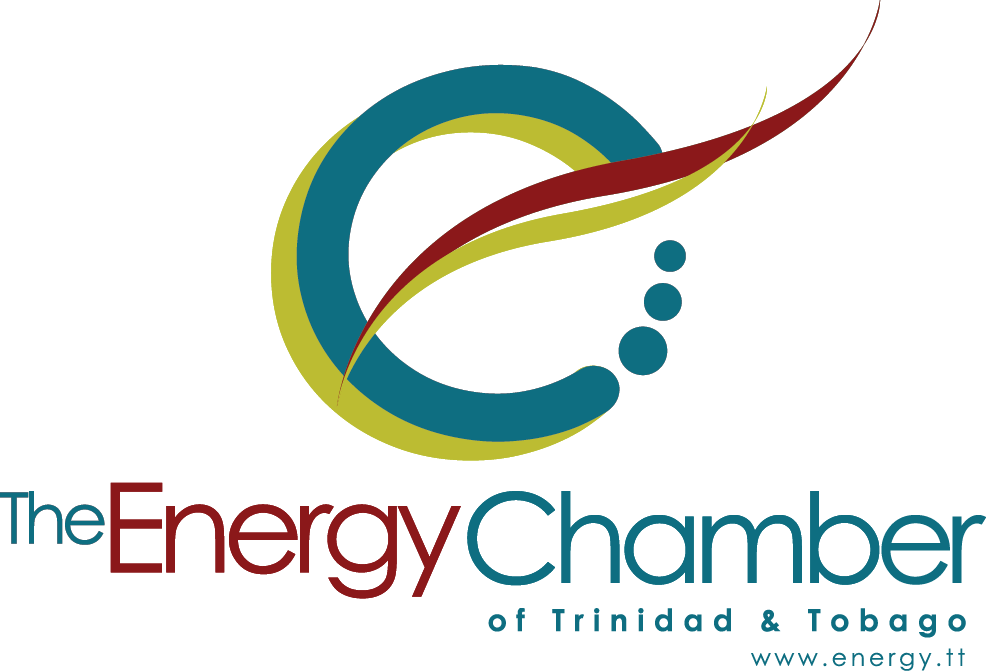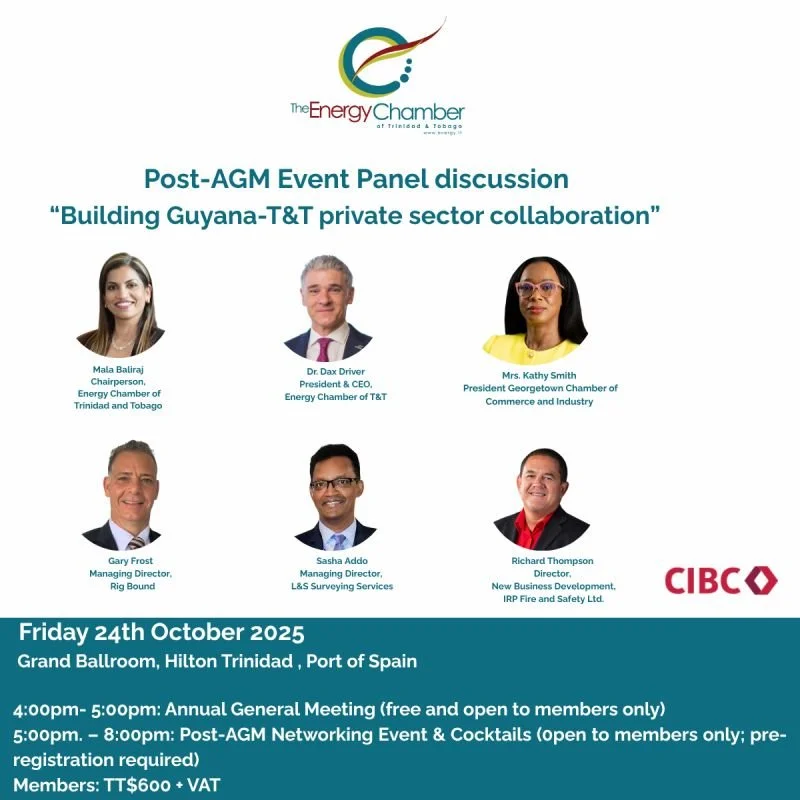The global supply chain for oil and gas project procurement is entering a period of contrast, with significant easing expected in some areas—like drilling and vessels—while other critical segments, notably subsea equipment and gas-related infrastructure, remain severely constrained. Analysts anticipate a general improvement in the procurement of critical infrastructure and equipment starting in 2026, a shift largely driven by a temporary slowdown in overall project activity.
This welcome relief comes after a number of years of constrained capacity, which followed the industry's rapid return to exploration and field development after the Covid-19 pandemic. That period affected everything from rigs to vessels, subsea equipment, and electrical components. However, procurement tightness is now easing in key areas. As Audun Martinsen, Head of Supply Chain at Rystad Energy, explained to Upstream, "Rigs look better now, both shallow and deep-water rigs. Vessels look also slightly better." This improvement is linked to operators maintaining a cautionary attitude toward spending, resulting in a project activity slowdown in 2025, a year Martinsen described as "very disappointing." This caution has helped ease pressure on suppliers as operators prioritize rewarding shareholders over expanding capital expenditure.
The backlogs for contractors, while remaining at an all-time high, are no longer growing. Specifically, the backlog of orders for drilling rigs and vessel services is expected to decline over the next two years. This marks a significant shift from the previous two years of high activity, when offshore contractors saw record backlogs and rising costs. Furthermore, the seismic market is also showing signs of relief, making it easier to secure these assets than before.
However, this easing is not universal. Other segments of the market, including subsea and those exposed to liquefied natural gas (LNG) and power segments, are finding it as hard as ever to secure equipment, particularly for components sourced from original equipment manufacturers (OEMs). Other analysts indicated that for gas-related infrastructure, supply chain constraints are actually intensifying. Subsea capacity and equipment are still tight.
A surge in LNG developments, including new projects in the Americas, is driving massive demand for gas turbines and power generation equipment.
Overall, this market condition is seen as net positive for Trinidad and Tobago with particular focus on upstream. This means that many of the planned projects may find it easier to access critical equipment for project execution, especially for exploration projects. In the petrochemical and LNG sectors, though, this could signal a challenge as major overhauls are required.


